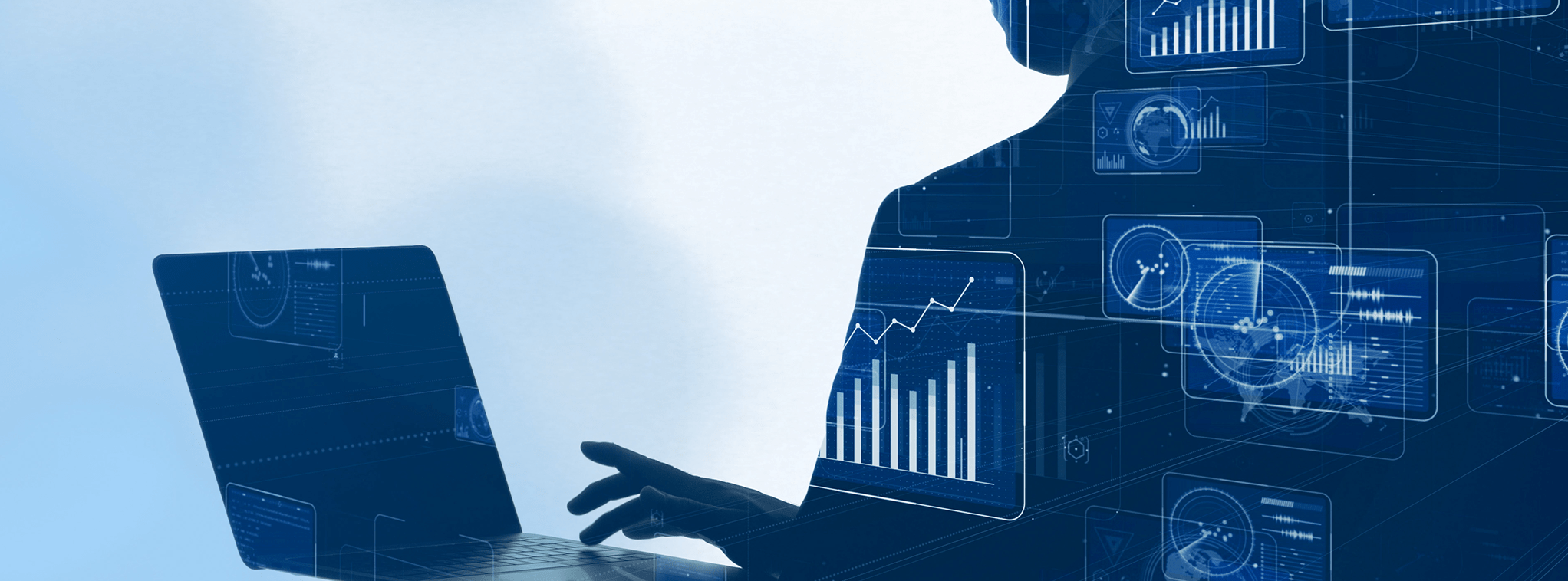To remain competitive, companies of any industry must understand the importance of creating innovative user-centered experiences. One tool available when participating in the experience design process is the creative use of data visualization.
Telling a story with data can be useful during the design process. But it has to be done the right way, using data visualization to find the right insights. The best stories have hooks at the start to draw people in, and the same goes for data visualization. Recognize that the visualization, while important, is a means to an end, a way to convey the message.
When thinking about how to design an innovative experience, treat it like any other project. Begin by sketching out ideas using data. Create a prototype. Solicit feedback to see if you are going the right direction. According to the Harvard Business Review, these preliminary visualizations can lead to insight and progress:
Data scientists can use sketches or prototypes to get user feedback, just the way product designers do. Although there’s a fog of ambiguity that descends during the exploratory data analysis phase, using the designer’s trick of making data visual helps your brain see patterns that suggest a few ways forward.
Effective data visualization provides a means to zero in on the factors that matter most to streamline and improve the customer experience. Data visualizations can lead one to recognize other questions that were not previously considered.
An important part of developing a high-quality experience using data visualization is to be iterative. Tinker with it, drill down and refine the story until it resonates with stakeholders.
Every good story needs a great ending — satisfying or surprising, or somewhere in between. To generate a solid conclusion using data storytelling, an essential mantra to keep in mind is “speed to insight.” People who aren’t experts should be able to look at visualization and immediately be able to grasp the information it contains.
To get to that kind of conclusion, keep it simple. Don’t give people data indigestion with a confusing and crowded design that’s hard on the eyes. Don’t put too much detail. Don’t overdo it with the metrics. Make it elegant and engaging, and the story will pop off the page.
Data visualizations — in conclusion — can be a powerful tool to inform experience design when used properly.
